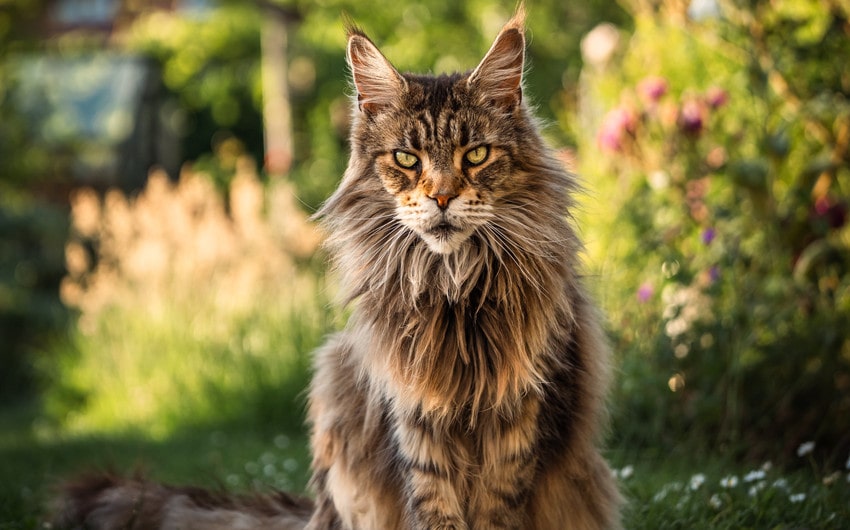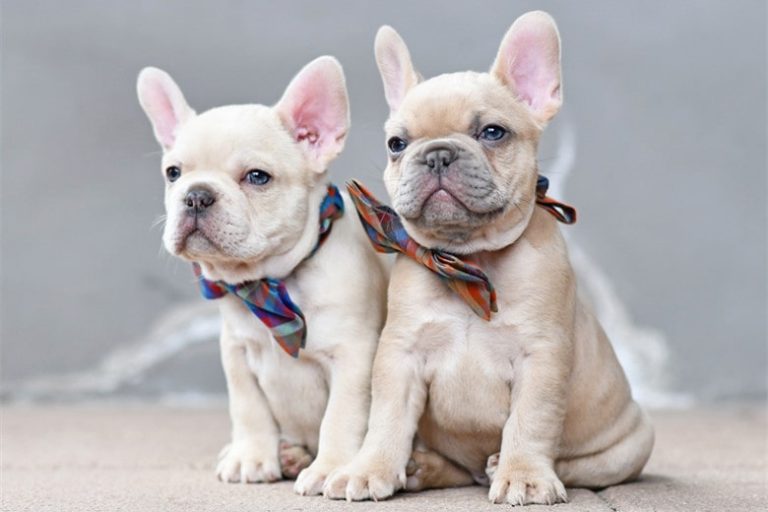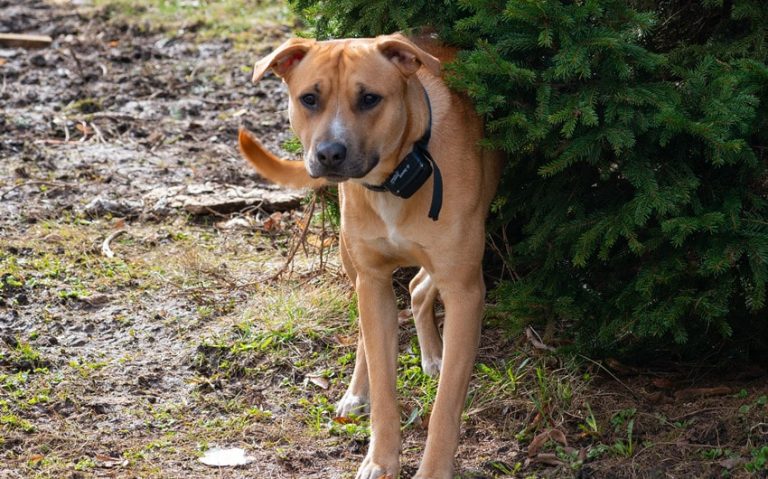Ever curious about “how big do Maine Coon cats get”? These gentle giants of the feline world boast impressive sizes and captivating traits, making them a marvel in the animal kingdom. Join us as we delve into the fascinating world of Maine Coons, exploring their unique characteristics and the stories behind their majestic stature.
Understanding Maine Coon Cats

Maine Coon cats, often referred to as the “gentle giants” of the cat world, boast a rich heritage that is as intriguing as their size. Originating from the state of Maine, where they are also the official state cat, these felines are steeped in folklore.
One popular tale suggests they descended from the long-haired cats belonging to Marie Antoinette, smuggled into America during the French Revolution. While their true origins remain a mystery, their presence in North America dates back to the early 19th century.
Physically, Maine Coons are a marvel. They possess a distinctive physical appearance marked by a robust bone structure, rectangular body shape, and a long, flowing coat that is water-resistant. Their fur, thicker around the neck, forms a lion-like ruff, enhancing their regal demeanor
. Notably, their large, tufted ears serve not only as an adaptation to cold climates but also contribute to their keen hunting abilities. Their expressive eyes, which can be in shades of green, gold, or copper (and sometimes blue), add to their enchanting appearance.
Behaviorally, Maine Coons are known for their friendly, sociable nature. They are not overly dependent but enjoy interaction with their human companions, often following them from room to room. Their playful, gentle disposition makes them excellent pets for families with children and other pets.
Their intelligence and adaptability are evident in their problem-solving skills, making them fascinating companions who can be trained to perform tricks and obey commands.
The Size of Maine Coon Cats

Maine Coon cats are renowned for their impressive stature, making “how big do Maine Coon cats get” a common question among cat enthusiasts. On average, male Maine Coons weigh between 13 to 18 pounds, but it’s not uncommon for some to surpass 20 pounds.
Females are generally smaller, usually weighing between 8 to 12 pounds. However, it’s their length that truly sets them apart, with some Maine Coons measuring up to 40 inches from the tip of their nose to the tip of their tail.
The growth of Maine Coon cats is a slow and steady process, with these felines reaching their full size only around 3-5 years of age, much later than most domestic cat breeds. This extended growth period contributes to their large size and muscular build. Their size is not just for show; it was historically advantageous for surviving the harsh winters of the Northeast, allowing them to hunt more effectively.
Their large, tufted paws act as natural snowshoes, while their long, bushy tails can be wrapped around their body for warmth. Despite their formidable size, Maine Coons maintain a grace in their movements, attributed to their muscular build and long, flowing coat that adds an illusion of even greater size.
In conclusion, the size of Maine Coon cats, combined with their friendly nature and striking appearance, contributes to their status as one of the most beloved cat breeds. Understanding their physical and behavioral traits provides insight into how these gentle giants have captured the hearts of cat lovers worldwide.
Facts About Maine Coon Cats

Maine Coon cats are not only known for their impressive size but also for their unique characteristics and fascinating history. Here are several fun facts that highlight the distinctiveness of this beloved breed:
1. Maine Coons Have Held World Records
The sheer size of Maine Coon cats isn’t just anecdotal; it’s been officially recognized. A standout example is Stewie, a Maine Coon who was immortalized in the Guinness World Records for his extraordinary length of 48.5 inches from the tip of his nose to the tip of his tail.
This record not only highlights Stewie’s remarkable size but also underscores the potential for Maine Coons to reach impressive dimensions, far surpassing the average domestic cat.
2. Maine Coons Enjoy Water
Unlike their feline counterparts who typically shy away from water, Maine Coons have a surprising affinity for it. This fondness can be traced back to their dense, water-resistant fur, which provides them with a natural barrier against getting soaked.
Maine Coons are often seen indulging in water play, be it splashing in a water bowl, pawing at a dripping faucet, or even showing a curious interest in showers and baths. This unique trait makes them exceptional among cats and adds an intriguing layer to their personality.
3. Maine Coons Exhibit Dog-Like Behaviors
Maine Coons are often affectionately referred to as “dog-like cats” because of their sociable and trainable nature. They display an array of behaviors more commonly associated with dogs, such as greeting their owners at the door, showing loyalty, and even participating in games of fetch.
Their ability to follow commands and engage in interactive play sets them apart from more stereotypically independent cat behaviors, fostering a deeper bond between them and their human companions.
4. An “M” Marks Many Maine Coons
The presence of an “M” marking on the forehead of many Maine Coons is not just a physical characteristic but a feature rich in folklore. One popular legend suggests that this marking was bestowed upon them by a benevolent fairy in gratitude for their companionship.
While the origins of this marking are likely genetic, the “M” adds a touch of mystique to their appearance and links them to a world of myth and legend, enhancing their allure.
5. Polydactylism Was Common Among Maine Coons
Polydactylism, the condition of having extra toes, was once a widespread trait among Maine Coons. This genetic variation, far from being just a quirky feature, provided these cats with a practical advantage in their native snowy environments of New England.
The extra toes acted like natural snowshoes, enhancing their stability and making them adept hunters in the harsh winter conditions. While the prevalence of polydactyl Maine Coons has decreased due to breeding standards, the trait remains a fascinating historical footnote in the breed’s storied past.
6. Maine Coons Come in a Wide Color Range
The Maine Coon’s coat is a canvas of colors and patterns, far beyond the typical brown tabby many associate with the breed. This diverse palette includes solid colors such as black, white, and red, as well as a variety of shades like silver, cream, and blue.
Patterns can range from classic tabby stripes to tortoiseshell and calico, making each Maine Coon distinct. This variety is due to the breed’s diverse genetic background, allowing for a wide range of possibilities in coat coloration. The versatility in their appearance adds to the breed’s appeal, as there’s a Maine Coon to match almost anyone’s aesthetic preference.
7. Maine Coons Are Known for Their Unique Vocalizations
One of the most endearing traits of Maine Coon cats is their vocal range. Unlike the typical meow of many cats, Maine Coons communicate with a symphony of sounds, including chirps, trills, and purrs. These vocalizations are more than just sounds; they’re a form of communication.
Each Maine Coon has its own set of vocal cues, which they use to express everything from hunger to happiness. This distinct trait enhances the bond between Maine Coons and their owners, as they learn to understand and respond to each other’s unique language.
8. Maine Coons Can Have Long Lifespans
Despite their large size, which can sometimes be associated with health complications in animals, Maine Coons are known for their robust health and longevity. With proper care, including a balanced diet, regular exercise, and routine veterinary check-ups, Maine Coons can enjoy lifespans of 15 years or more. This longevity allows for a long-term companionship, making them not just pets but true members of the family over the years.
9. Maine Coons Were Once Valued Ship Cats
The Maine Coon’s history is intertwined with nautical lore, suggesting that they were once favored as ship cats. This reputation stems from their exceptional hunting skills, crucial for controlling rodents on ships. Additionally, their water-resistant coats and sturdy builds made them well-suited for the harsh conditions at sea.
This seafaring background is thought to contribute to their adaptability and perhaps even their affinity for water, adding a layer of historical intrigue to their already fascinating character.
10. Legends Suggest a Raccoon Connection
The bushy tails and tufted ears of Maine Coon cats have sparked imaginative tales, including the charming but biologically impossible legend that they are the offspring of domestic cats and raccoons. This myth attempts to explain their distinctive features and even their name, “Maine Coon.”
While genetics clearly disproves this fanciful origin, it highlights the breed’s unique appearance and the human tendency to weave stories around beloved animals, enriching the cultural tapestry surrounding this remarkable breed.
Conclusion
The majestic Maine Coon cat, with its impressive size and friendly disposition, makes a remarkable pet. Understanding and catering to their needs ensures these gentle giants lead happy, healthy lives. Their size may be daunting, but it’s just one aspect of these fascinating creatures that make them such beloved companions.







